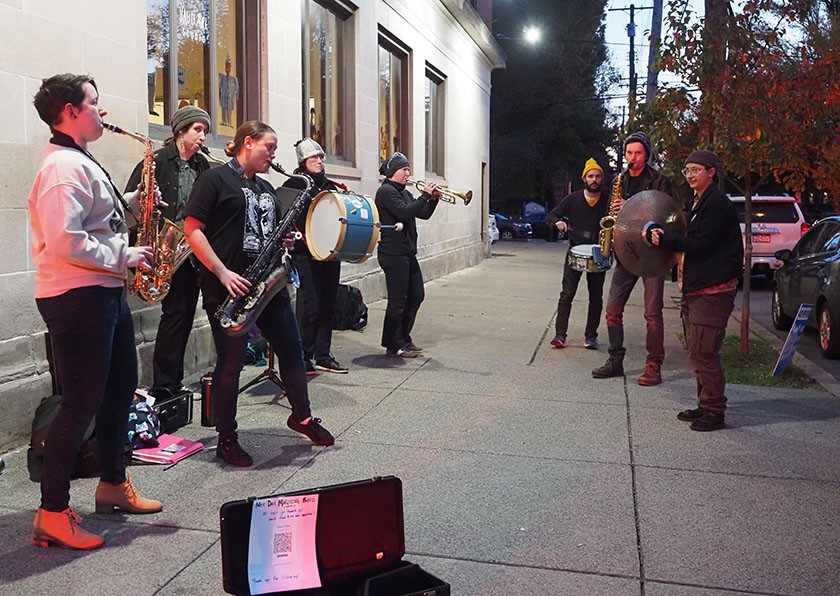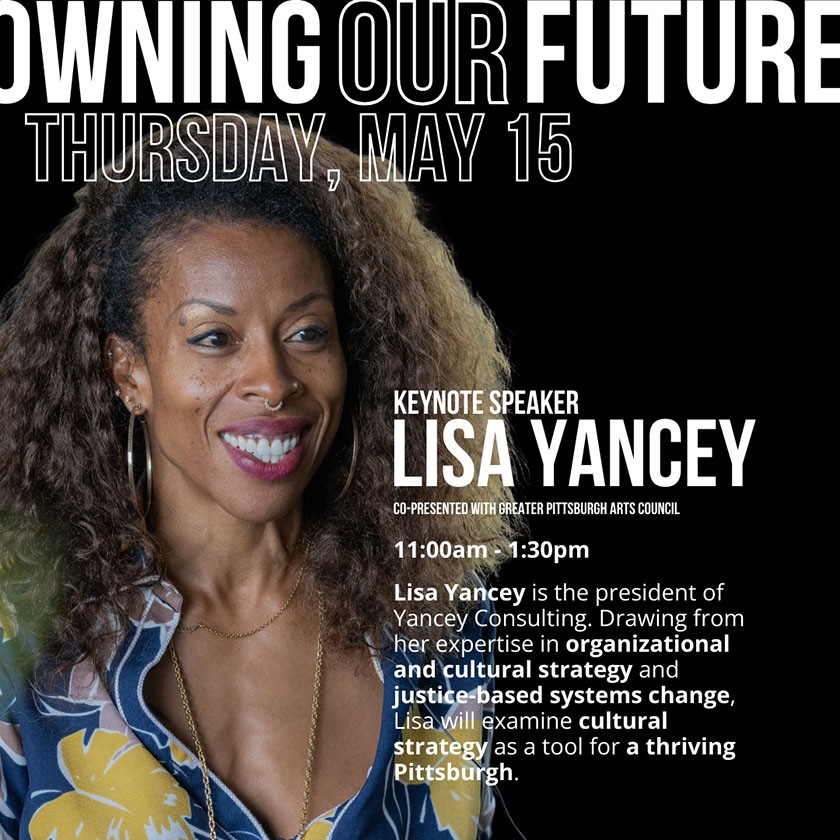Demystifying the Arts |
Culture as Civic Infrastructure: Building Our Region's Future Through Cultural Planning
What is a Cultural Plan?
Cultural planning weaves our values, traditions, and creative practices into the fabric of civic life. It helps communities reflect on their past, understand their present, and imagine a shared future. A cultural plan isn’t just about supporting the arts, it’s about shaping identity, building belonging, and using culture as a tool for investment, equity, vitality, and quality of life.
Here are three examples of cultural plans in action:
San José, CA – Cultural Connection (2011)
San José’s Cultural Connection plan was developed through a process led by the Office of Cultural Affairs, a division of the Office of Economic Development. More than 3,000 residents helped shape the vision through interviews, town halls, and surveys. The result was a 10-year roadmap built around San José’s distinctive cultural identity, emphasizing diversity, innovation, and personal participation in cultural life.
The plan outlined 10 interrelated goals, including expanding access to cultural learning, supporting creative entrepreneurs, investing in diverse spaces, and integrating high-impact public art throughout the city. Notably, the plan emphasized culture as a “connector,” encouraging intercultural communication and community-building through shared cultural experiences.
Implementation was a shared responsibility. While the Office of Cultural Affairs coordinated the plan, its success relied on partnerships with city departments, educators, real estate developers, community leaders, and philanthropy. San José also embraced short-term actions to align with budget realities, such as launching new marketing tools, activating neighborhood cultural spaces, and nurturing amateur arts participation.
Chicago – Chicago Cultural Plan (2012)
Chicago’s Cultural Plan was developed by the City of Chicago’s Department of Cultural Affairs and Special Events (DCASE) and built on the foundation of the city’s first plan from 1986. Designed as a roadmap for cultural growth, equity, and integration into broader civic life, the plan was created through a highly participatory process involving more than 4,700 residents across neighborhood forums, town halls, stakeholder interviews, and sector-specific working groups.
The plan was organized around the concept of “planning culturally,” a framework that integrates culture across all sectors, from economic development and education to public health and infrastructure. It set forth 10 priorities, 36 strategic recommendations, and over 200 specific initiatives aimed at making culture a daily part of life in every neighborhood.
Key recommendations included:
- Making arts education a citywide priority through coordinated partnerships, funding mechanisms, and access in every school.
- Expanding neighborhood cultural assets and public art programs.
- Reforming zoning and permitting to better support live/work spaces for artists.
- Promoting Chicago as a global cultural destination.
The plan also laid the groundwork for better collaboration among city departments and helped redefine culture as an essential part of Chicago’s civic identity—not just a sector, but a tool for innovation, equity, and community vitality.
New York City – CreateNYC (2017)
CreateNYC is New York City’s first-ever comprehensive cultural plan, developed by the Department of Cultural Affairs (DCLA) in collaboration with Hester Street, an urban planning, design and community development nonprofit. Shaped through extensive community engagement—reaching nearly 200,000 residents—it provides a roadmap for equitable cultural development across all five boroughs.
Grounded in principles of equity, access, inclusion, and growth, the plan responds to both the city’s cultural richness and its systemic inequities. It is structured around eight interrelated issue areas: Equity and Inclusion, Social and Economic Impact, Affordability, Neighborhood Character, Arts and Culture in Public Space, Education, Citywide Coordination, and the Health of the Cultural Sector.
Key strategies include:
Increasing equitable distribution of funding and support to historically underserved communities and artists.
Preserving and expanding affordable live, work, and presentation spaces for artists.
Strengthening arts education citywide, particularly for English Language Learners and students with disabilities.
Integrating arts into neighborhood planning and leveraging city-owned spaces for cultural use.
Enhancing interagency coordination to better support culture in public life and infrastructure.
Ultimately, CreateNYC reaffirms culture as a core public good, not only enriching the city’s identity but strengthening its economy, education, and community life.




